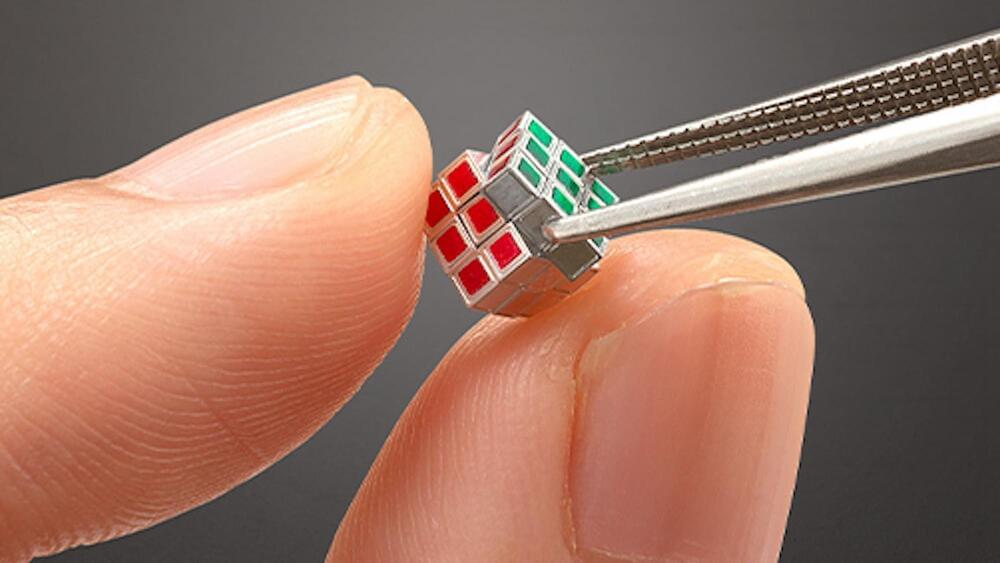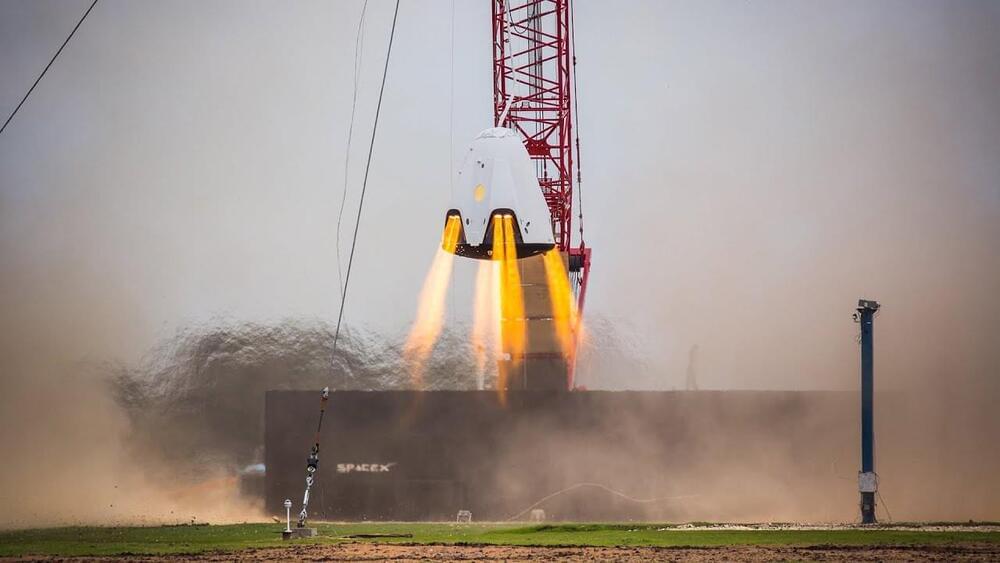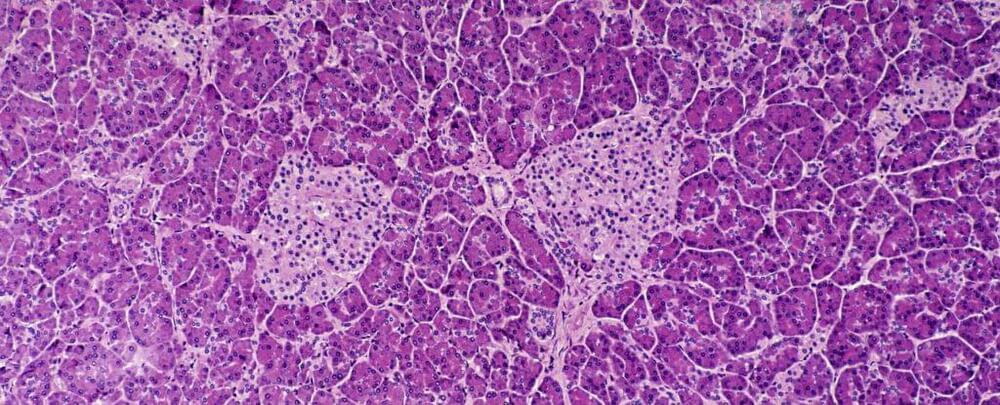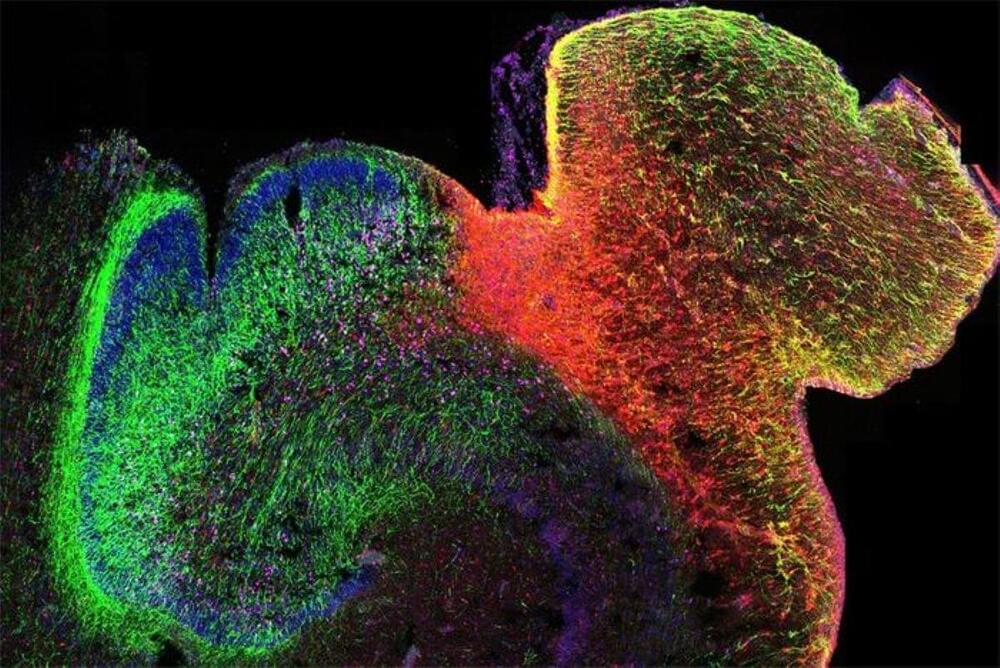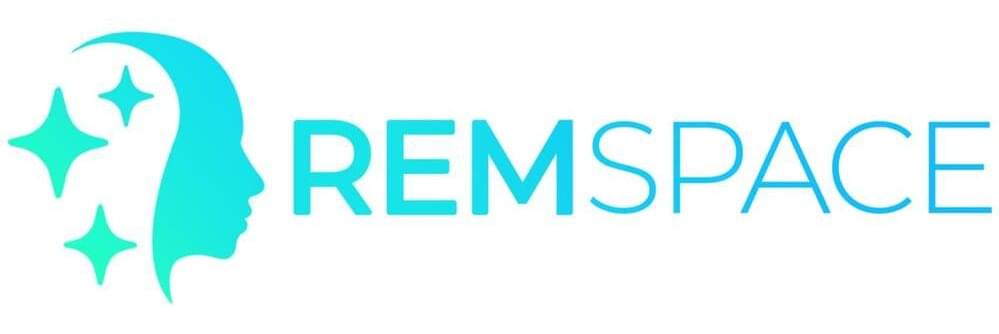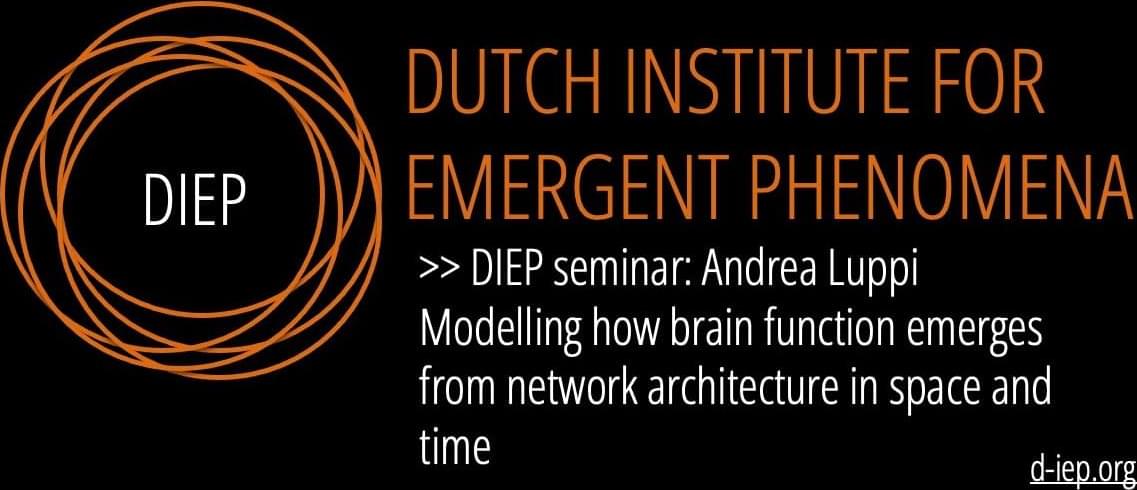Page 117
Oct 10, 2024
NASA secures Europa Clipper probe as Hurricane Milton sweeps over Kennedy Space Center (photos)
Posted by Genevieve Klien in categories: climatology, space
Oct 10, 2024
Dragon receives long-planned propulsive landing upgrade after years of development
Posted by Genevieve Klien in category: space travel
SpaceX announced a new capability for the Dragon spacecraft on Sept. 27 in the unlikely event of a parachute failure. Dragon now has built-in redundancy to propulsively land using its SuperDraco thrusters, saving the vehicle and potential crew from a rough landing or imminent danger.
SpaceX introduced the concept of a propulsive landing Dragon over ten years ago. When SpaceX revealed Dragon 2, it was marketed as capable of propulsively landing anywhere on Earth and was initially designed to land exclusively with the SuperDracos. However, SpaceX ultimately pursued the use of parachutes as the main form of recovery for Dragon 2 missions.
Much has had to change with Dragon 2 since May 30, 2014, to make it the reliable crewed spacecraft we know it as today. Now, SpaceX has decided to bring back one of the main capabilities that was believed to have been left behind in development.
Oct 10, 2024
World First: Stem Cells Reverse Type 1 Diabetes in Clinical Trial
Posted by Genevieve Klien in categories: biotech/medical, health
Oct 10, 2024
Amazon launches new warehouses with 10 times the robots
Posted by Genevieve Klien in category: robotics/AI
Company insists that new machines will be used to help people with their jobs, not take them.
Oct 10, 2024
3D Gene Regulation Map Sheds Light on Brain Development
Posted by Genevieve Klien in categories: genetics, neuroscience
Summary: Researchers have developed the first 3D map of gene regulation in the human brain, offering insights into how early brain development influences lifelong mental health. This map, focusing on regions tied to memory and emotional regulation, reveals how chromatin structure controls gene activity, especially during key developmental stages.
These findings may help identify when and where genetic variants linked to autism and schizophrenia disrupt normal development. By understanding these early influences, scientists hope to improve neurodevelopmental disorder research and stem-cell models, potentially paving the way for earlier intervention strategies.
Oct 10, 2024
Breakthrough from REMspace: First Ever Communication Between People in Dreams
Posted by Brent Ellman in categories: business, neuroscience
REDWOOD CITY, Calif.—(BUSINESS WIRE)—Researchers at REMspace, a California-based startup, have achieved a historic milestone, demonstrating that lucid dreams could unlock new dimensions of communication and humanity’s potential. Using specially designed equipment, two individuals successfully induced lucid dreams and exchanged a simple message.
Watch the experiment here.
Lucid dreams occur when a person is aware they are dreaming while still in the dream state. This phenomenon happens during REM sleep and has numerous potential applications, from solving physiological problems to learning new skills. In earlier research, REMspace demonstrated that facial electromyography sensors could decode specific sounds made in dreams. This led to the development of Remmyo, a dream language detectable through sensitive sensors.
Oct 10, 2024
What It’s like to be a computer — Stephen Wolfram
Posted by Dan Breeden in categories: computing, neuroscience

Part of the Progress and Visions in Consciousness Science online seminar series organized by AMCS, MESEC, and OMCAN.
Oct 10, 2024
Modelling how brain function emerges from network architecture in space and time by Andrea Luppi
Posted by Dan Breeden in categories: media & arts, neuroscience
Oct 10, 2024
A possible evolutionary function of phenomenal conscious experience of pain (Shimon Edelman)
Posted by Dan Breeden in category: futurism
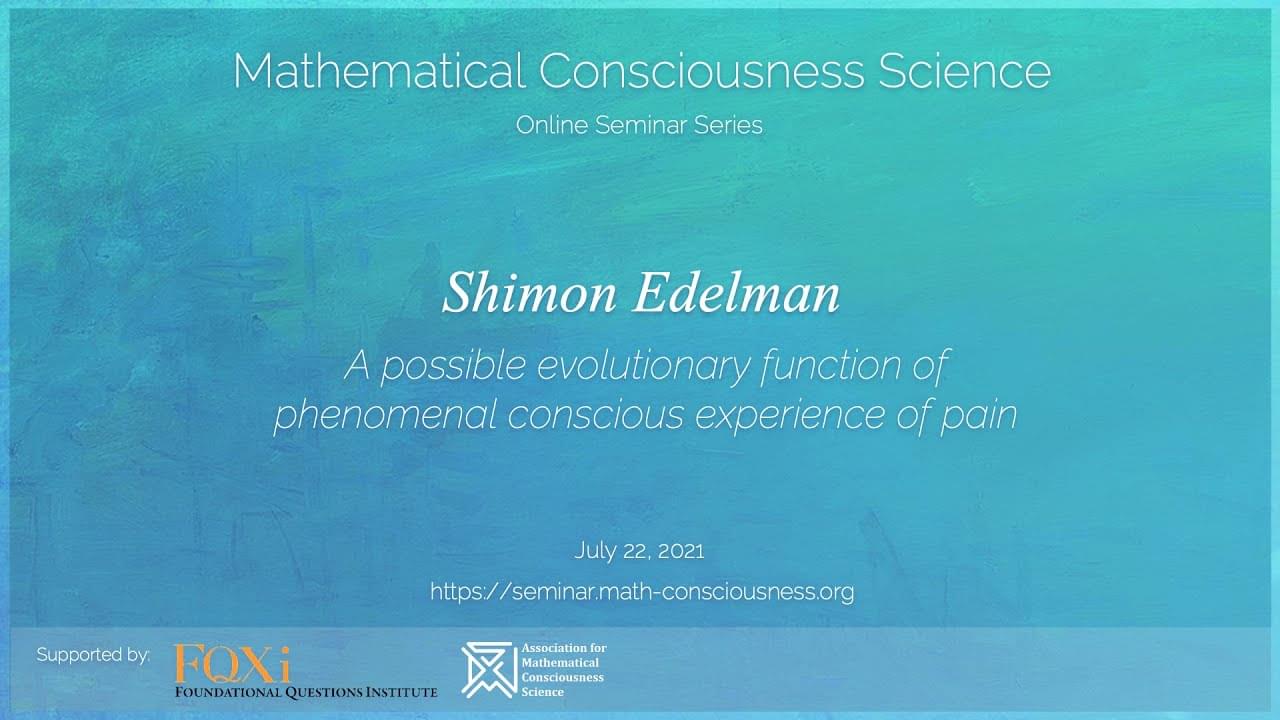
Evolutionary accounts of feelings, and in particular of negative affect and of pain, assume that creatures that feel and care about the outcomes of their behavior outperform those that do not in terms of their evolutionary fitness. Such accounts, however, can only work if feelings can be shown to contribute to fitness-influencing outcomes. However, simply assuming that a learner that feels and cares about outcomes is more strongly motivated than one that doesn’t is not enough — if only because motivation can be tied directly to outcomes through an appropriate reward function, without leaving any apparent role to feelings (as it is done in state-of-the-art engineered systems based on reinforcement learning). Here, we propose a possible mechanism whereby pain contributes to fitness: an actor-critic functional architecture for reinforcement learning, in which pain reflects the costs imposed on actors in their bidding for control, so as to promote honest signaling and ultimately help the system optimize learning and future behavior.
